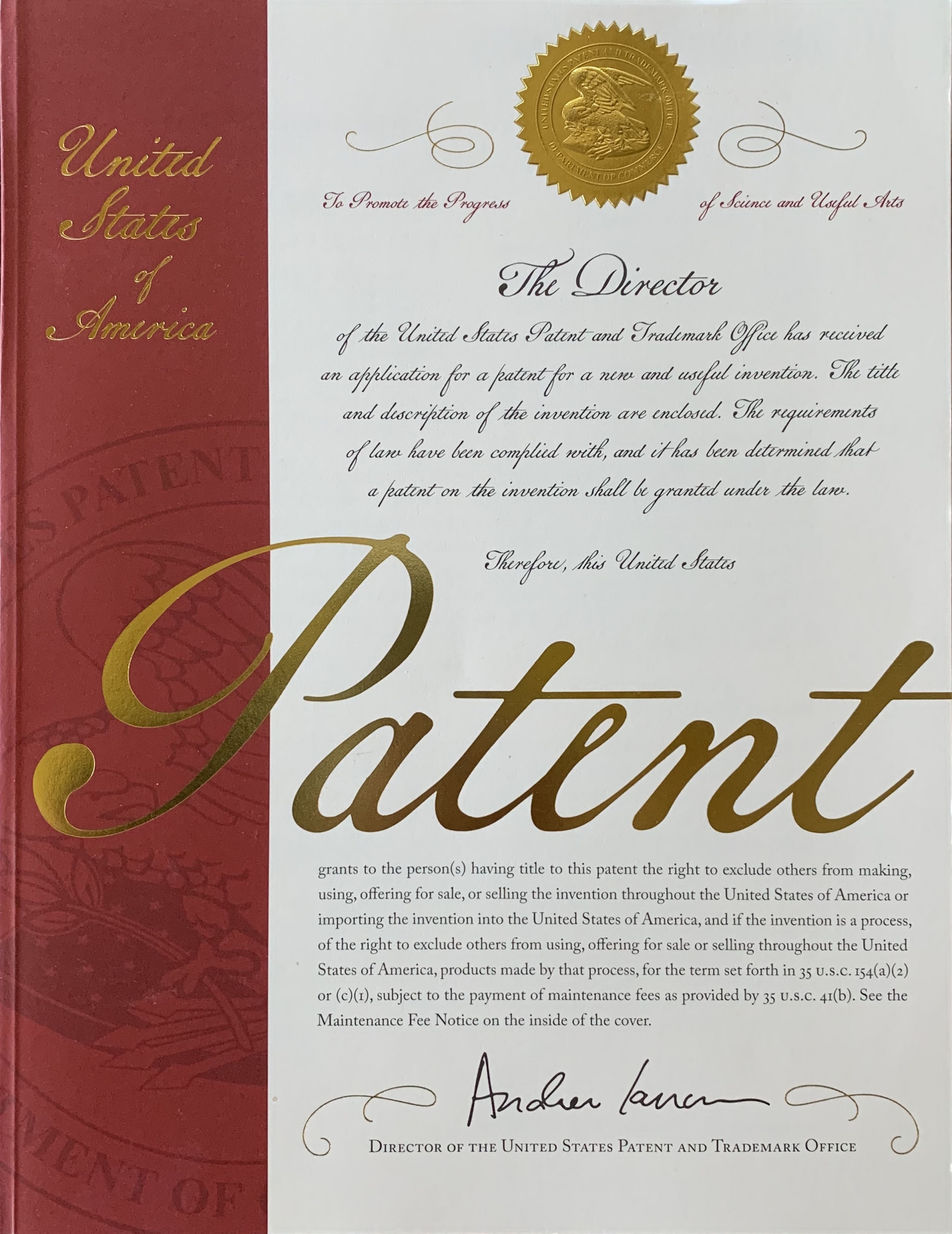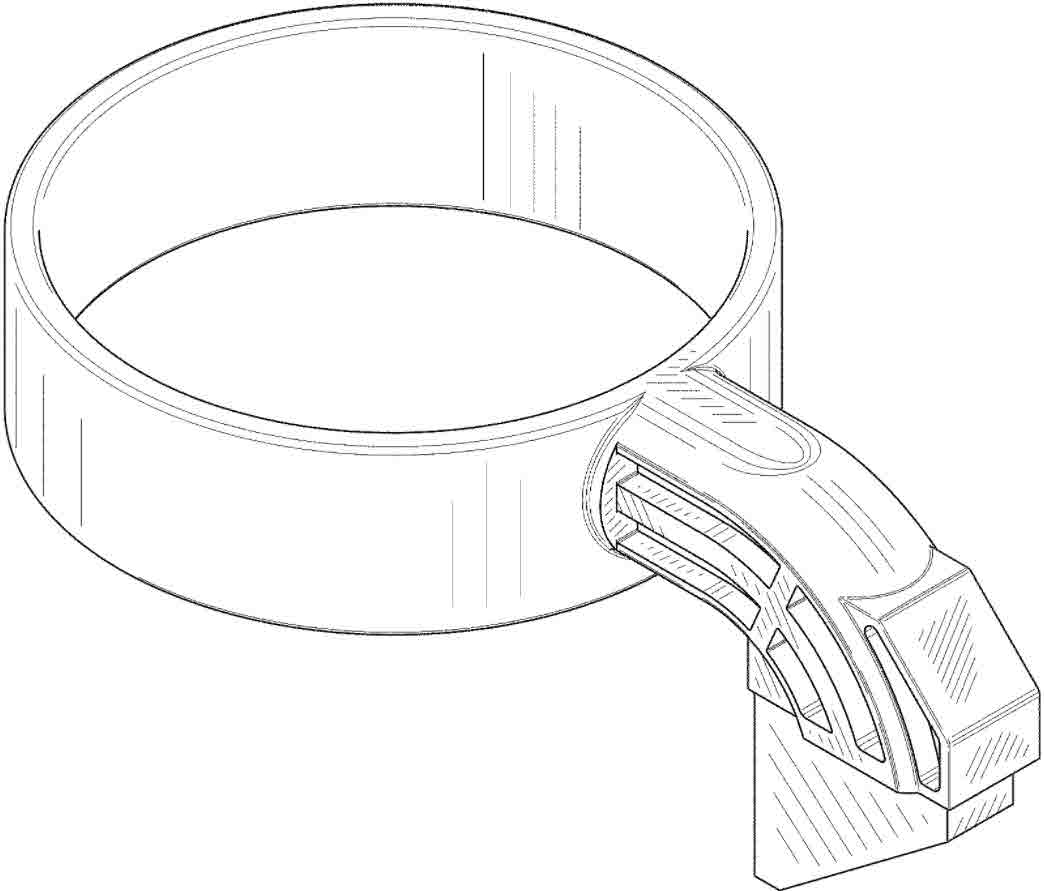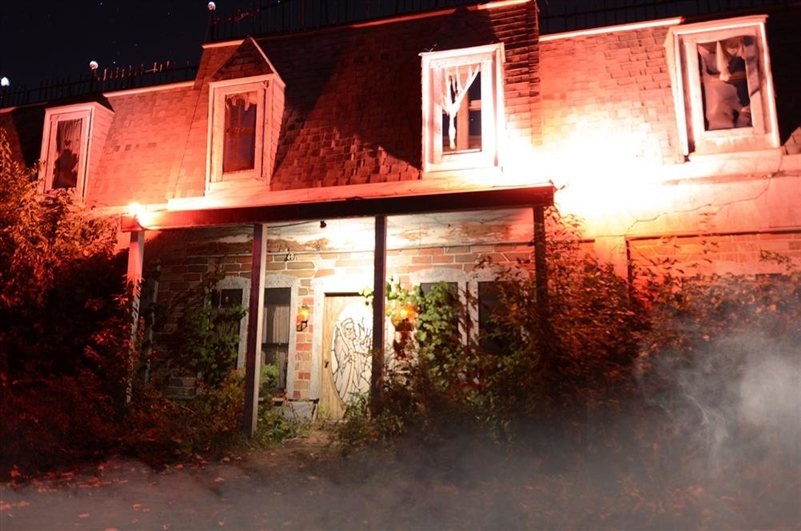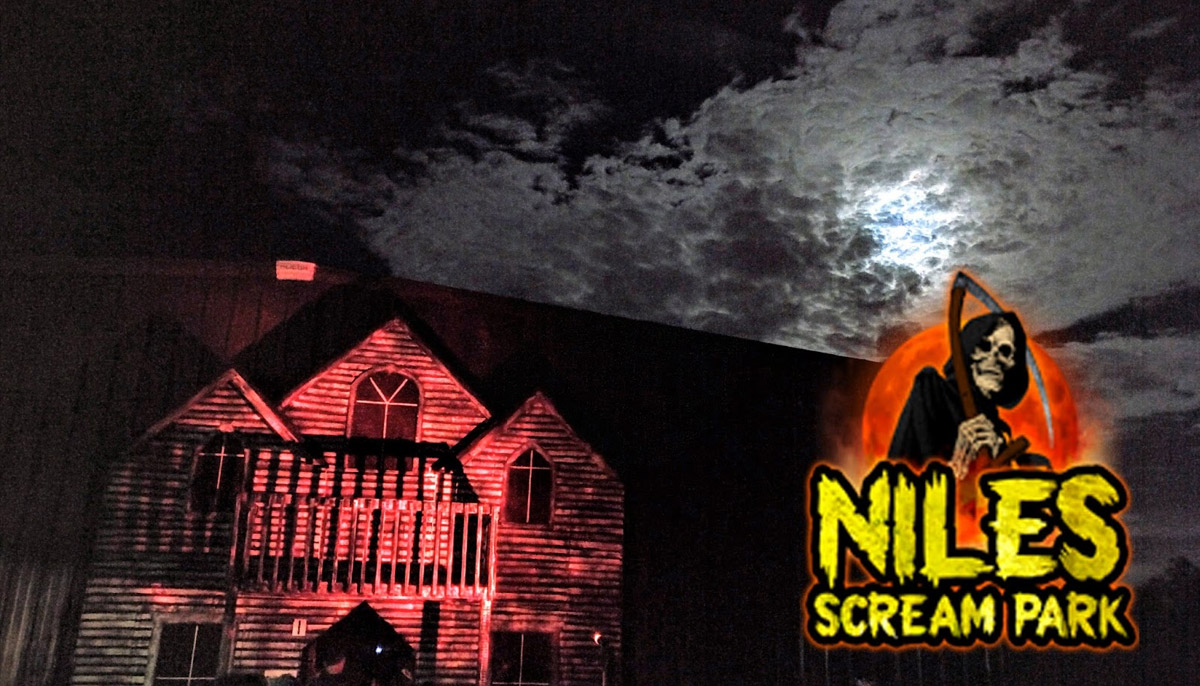Table Of Content

For one, they’re extremely efficient at trapping heat in the winter and keeping your home warm. They’re also great at deflecting the sun’s rays in the summer, helping to keep your home cool. Hence, the quality of the Mansard roof might not be up to preferable standards. In fact, they carry quite a few glaring disadvantages which make them completely unsuitable in areas with extreme weather conditions. Well, it is entirely due to the low pitch of the topmost part of this roof.
A History Lesson On Mansard Roofs
Here, a timber structure by architect Indra Janda was covered with individual shingles made of translucent polycarbonate. Today, the practical mansard roof is used on modern buildings like the one shown here. This towering apartment house is not, of course, Second Empire, but the steep roof is based on the regal style that took France by storm. At first glance, you might mistake a Second Empire home for a Victorian Italianate. Both styles tend to be square in shape, and both can have U-shaped window crowns, decorative brackets, and single story porches. But, Italianate houses have much wider eaves, and they do not have the distinctive mansard roof characteristic of the Second Empire style.
Mansard Roofing and Building Architecture
Dormer windows are a common feature of mansard roofs providing additional light and ventilation to the space beneath the roof. These are windows that are built into the roof structure, and they can be either functional or decorative. Functional dormer windows are designed to open and close, while decorative dormer windows are designed to add visual interest to the roof. As modern, less ornate housing designs became trendy, mansard roofs fell out of style and were rarely used for over a century. While the rapid expansion of fast food chains brought welcome convenience to cities, the building of these structures on practically every corner was seen as a blight on cities and towns. McDonald’s introduced a new design featuring a double mansard roof to address concerns.
Key features
Its appearance in the United States was relatively uncommon in the 18th and early 19th centuries. Mount Pleasant in Philadelphia is one of the few early examples, including mansard roofs on its side pavilions. Finally, flat roofs are another common roof shape that has became de rigueur in contemporary architecture. Even flat roofs have a pitch of at least two percent so that they can shed water, but this slope might not be evident unless you’re at roof level.
thought on “The Ultimate Guide to Mansard Roofs (Everything You Need to Know with Examples)”
Eco-friendly design under a mansard roof in Windsor - Urban
Eco-friendly design under a mansard roof in Windsor.
Posted: Thu, 29 Sep 2022 08:11:49 GMT [source]
They’re similar to gambrel roofs commonly seen on barns in America, except Mansards have a double slope on all four sides like a hip roof. The lower slope is almost vertical, while the upper slope is nearly or entirely flat. The different types of mansard roofs could be adapted to modern home styles and the functional needs of users, but despite their aesthetic appeal, they have certain drawbacks. Before embarking on any major home renovation project, weigh the benefits and drawbacks and determine whether a mansard roof style is a good fit for your location and climate. The nearly flat top of a straight mansard roof can allow snow and other debris to gather and stress the roof’s structure with increased weight. However, altered modern designs and the use of modern roofing materials like various metals can help mitigate these concerns.
Vaulted Ceilings 101: Types
This style of roof is characterized by its inward-sloping sides and a flat top. The Mansard roof gets its name from François Mansart, an architect who popularized the design in the 17th century. It’s important to note that working on a mansard roof requires skilled roofers and engineers with experience working with this type of roofing system.
Building Height
The double-pitched style, on the other hand, forms a reasonable drainage system as compared to the former. This structure gives you a traditional look and is most commonly used in barn houses. In Germany and France, both Mansard and gambrel roofs are referred to as Mansards. Mansard is a four-sided roof with double slopes on each side, so its sides can either be curved or flat. There is a sort of visible distinction between flat roofs and Mansard roofs.

Mansard roofs equipped to sustain snow and rain can last up to a century, whereas asphalt tends to last between 20 to 30 years. Copper is often used due to its resilience to damage caused by heavy snow and rainfall. For the price you are paying, considerable advantages are also coming in terms of drainage facilities and other things.
#2 // Natural brick
On top of that, the use of dormer windows along the steeply raked bottom slope will push the maintenance and repair costs to new highs. Moreover, there will be a lot of debris collecting on the flatter portion of the roof, which will further increase the maintenance bill. Moreover, in areas where they are not commonly found, this roofing style will definitely look more sophisticated and might even be a head-turner, if executed properly. Moreover, the use of dormer windows along the entire length of the bottom slope allows more natural light inside the building, and that further increases the sense of space.
White membrane roofs are ideal for homes and commercial buildings in warmer climates, as they reflect heat and help keep the interior cooler. For example, asphalt shingles are heavier than metal and might not work well on the roof’s steep slope. These will also offer better weather resistance—an important consideration for a Mansard roof that could be prone to water pooling. Mansard roofs soon jumped across the Atlantic, becoming popular for colonial-era homes in the Northeast. Interest in French architecture resurged in the mid-19th century, and Mansard roofs were installed on many government buildings and stately homes.
It’s unsuitable for climates that experience high amounts of rain and snow, as the low slope of the upper roof isn’t ideal for shedding water. While this style isn’t frequently seen in residential homes, it’s the style most likely to add the interior space you desire without requiring you to add another floor to your home. If you desire the architectural flair of early French architecture and having extra space is a lesser requirement, then a concave roof may be a good option for your home. Because of its distinctive steep slope, installing shingles on a mansard roof can be quite challenging if you don’t have the right tools to position yourself safely and comfortably. For this reason, we would suggest hiring a professional to shingle your mansard roof to produce the best results.
The Mansard roof’s structure also creates an increased interior space suitable for future conversion into functional rooms. The roof’s steep slope creates more living space inside the attic and allows you to add dormer windows and balconies to bring in more natural light. A convex Mansard roof has a lower slope that gently curves out, creating a bell shape.
This design, created by raca-architekc, features a bedroom area, office, seating area and bathroom. The complex design requires more effort to build and maintain than other popular roof styles. Before setting your heart on a home with a mansard roof, explore the disadvantages you’ll be facing with this ornate roof style.
Exploring different architectural roofs could be a grand experiment in the 21st century. You will experience more space, décor, and functionality with roofs such as Mansard. Well, different sorts of factors play here, such as structure, materials used, and the design implemented. Just like any other project, their creation also involves planning and buying all the raw materials, and so on. Another is the Mansard roof what I am going to discuss here in the post. It will be a detailed guide on its structure, types, history, and usual questions asked by the public.












